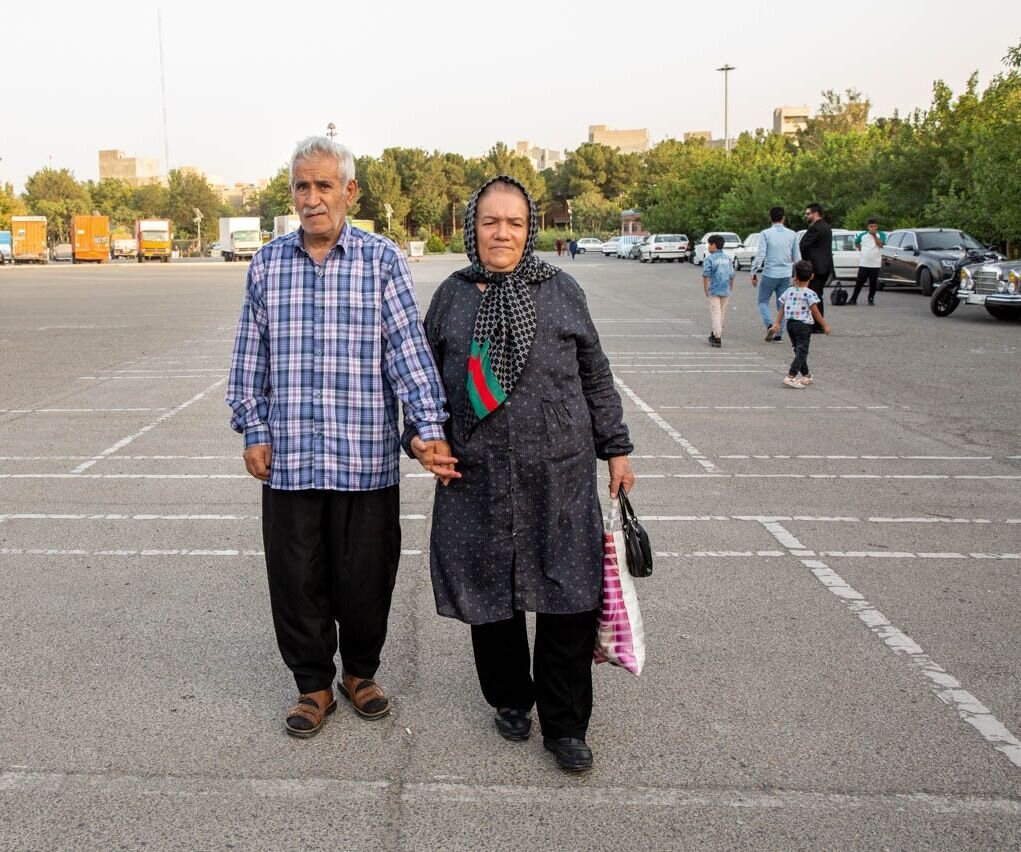National document on age-friendly environment takes effect

TEHRAN- The national document for creating age-friendly environments across the country has taken effect, Mojgan Rezazadeh, the head of the secretariat of the National Council of the Elderly, has announced.
Age-friendly communities are places where age is not a barrier to living well and where the environment, activities, and services support and enable older people to have opportunities to enjoy life and feel well.
The world's population, especially in developing countries, is growing old, and Iran is no exception. The percentage of the elderly population in the country has increased from five percent in 1976 to about 10.5 percent, reaching around 9 million people, IRNA quoted Rezazadeh as saying.
The document works towards improving physical and social environments to become better places for the elderly.
It is compiled in three parts: Principles of indicators and criteria of the strategic plan of an age-friendly city, holding workshops on how to prepare a strategic document for an age-friendly city, and planning indicators for an age-friendly city.
Transportation, public places, social participation, dignity, civic participation and employment, communication, and information, housing, social support, and health services are the eight axes of an age-friendly document.
Moreover, traveling and tours for the elderly are going to be added to the plan.
The document will get all related organizations, institutions, and the elderly community involved and use their capabilities, and potentials to define the vision and strategies for an age-friendly city in the 2030 horizon.
Each province should develop a strategic provincial document based on its environment, and implement it with the cooperation of the member institutions and the strong participation of municipalities and governor-general offices in each city, Rezazadeh stated.
She went on to say that the needed training will be carried out step by step with domestic experts and international consultants to monitor it.
The provinces that have more elderly people, namely Gilan, Mazandaran, Tehran, Isfahan, Yazd, and Kerman, are the top priority of this plan.
National Document for Elderly people
The National Document for the Elderly came into force in the current [Iranian calendar] year, which started on March 21, Hesamoddin Allameh, head of the secretariat of the National Council of the Elderly, announced.
The Document focuses on various aspects of the elderly’s lives by meeting six prime objectives of income and livelihood, health, training, and employment, building an empowering environment, promoting the cultural level of society in the field of aging, and developing the infrastructure required for aging, he explained.
A total of 100 billion rials (nearly $200,000) has been proposed to implement the document, he stated.
The 2011 census observed a significant demographic change in the elderly population of Iran (the percentage of the elderly population increased from 7.27 to 8.20 percent from 2006 to 2011, and to 8.65 percent in 2016). The aging population is predicted to rise to 10.5 percent in 2025 and to 21.7 percent in 2050.
Declining population growth
According to the population and housing census, the average population growth has decreased in recent years, and this declining trend is a serious warning.
The country’s elderly population is projected to nearly double over the next 20 years, while this trend will occur in other countries over the next 100 years.
The aging population and its negative effects will penetrate into the political, economic, and security position of the country in the region and the world.
By a decree issued by President Ebrahim Raisi, the "Law on Family and Youth Support" approved by the Majlis (Iranian Parliament) was notified to the Ministry of Health and the Vice Presidency for Women and Family Affairs.
The plan stipulates health insurance for infertile couples, providing services and facilities to working women, providing health and nutrition support packages to mothers and children, educational opportunities for student mothers, providing livelihood support to families, and ongoing medical services to pregnant women; if implemented properly.
MT/MG
